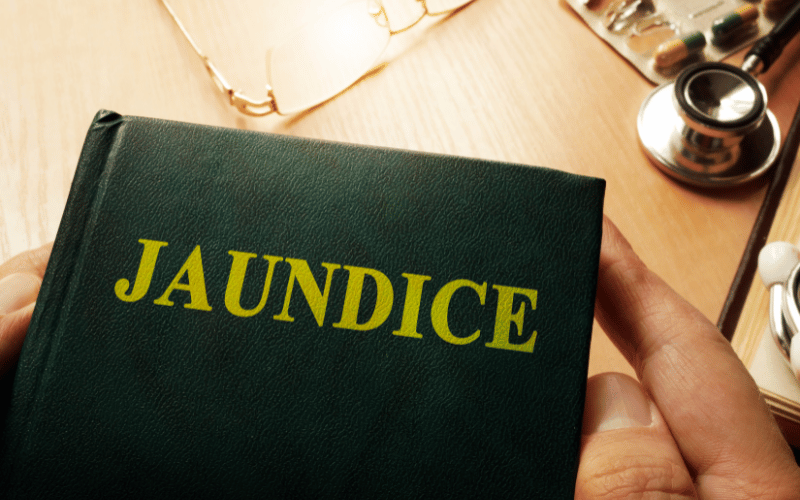2. Jaundice: A Visible Sign of Gallstones

Jaundice, characterized by a yellowing of the skin and eyes, is a less common but visible symptom of gallstones. It occurs when a gallstone blocks the bile duct, causing a buildup of bilirubin in the blood. This condition not only changes skin and eye color but can also cause urine to darken and stool to become pale or clay-colored.
The development of jaundice due to gallstones is typically gradual. Initially, the yellowing may be subtle and more noticeable in natural light. As bilirubin levels rise, the yellowing becomes more pronounced, and symptoms like itching may develop due to the accumulation of bile salts in the skin.
The physical changes brought on by jaundice can be distressing and may lead to social discomfort or self-consciousness. The associated itching can be relentless and significantly impair sleep and daily activities.
Jaundice in the context of gallstones often accompanies other symptoms like abdominal pain, making it a key indicator in the diagnosis process. Recognizing jaundice as a symptom of gallstones is vital, as it usually indicates a blockage in the bile duct, which can lead to more severe complications if left untreated. The visible nature of this symptom often prompts individuals to seek medical attention, facilitating early intervention. (2)